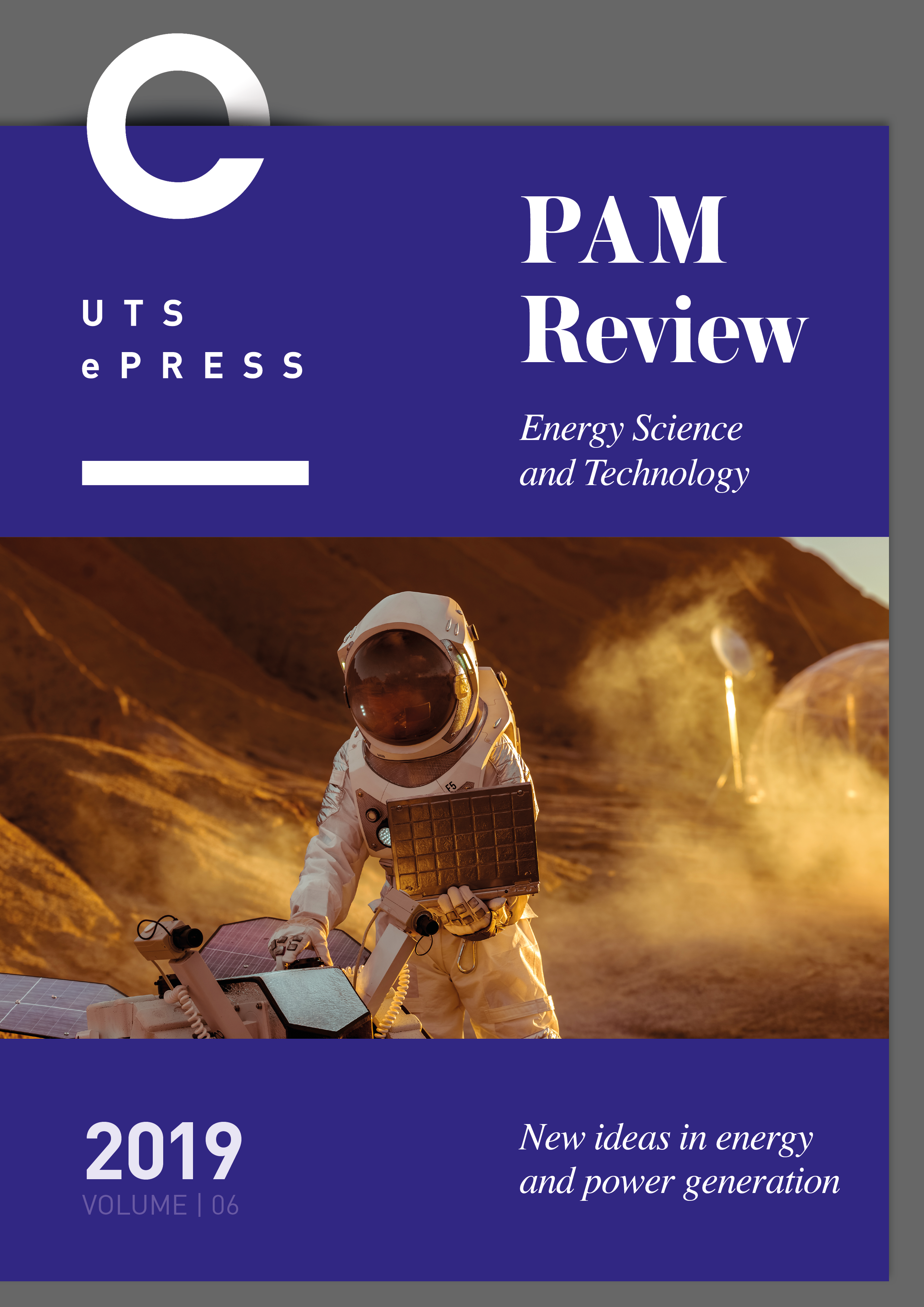Evaluating the efficiency of utilizing selectively optimized metamaterial nanostructures for passive radiative cooling of satellites and components
Main Article Content
Abstract
The need for efficient, smart radiators and thermal control technologies will be imperative to ensure the longevity of satellites and for carrying out temperature sensitive operations in space. Advancement in nanofabrication techniques has brought about the ability to create metamaterial nanostructures and selectively control their optical properties so that they reflect better in the visible spectrum and strongly emit in the infrared spectrum, which allows for better cooling. This meta-analysis looks at contemporary research that has utilised metamaterial nanostructures for passive radiative cooling attempting to identify the cooling trends among these structures. The absorbance, emissivity and reflection spectra of these structures are compared, and their effectiveness compared to conventional coolant coatings is critiqued upon. The defining thermodynamic parameters for this study were radiative cooling power and temperature reduction. Through inductive reasoning, we predict that the emissivity in the infrared of a pyramidal layered structure of Al2O3, TiO2 and SiO2 can outperform current material choices. Improving efficiency with the prediction outlined can provide increased radiative cooling.
Keywords: Passive radiative cooling; thermal radiation; metamaterials; broadband optical filters; selective absorption and emission; two-dimensional thin film coatings; nanophotonic structures
Article Details
Issue
Section
Authors who publish with this journal agree to the following terms:
a) Authors retain copyright and grant the journal right of first publication with the work simultaneously licensed under a Creative Commons Attribution License that allows others to share and adapt the work with an acknowledgement of the work's authorship and initial publication in this journal.
b) Authors are able to enter into separate, additional contractual arrangements for the non-exclusive distribution of the journal's published version of the work (e.g., post it to an institutional repository or publish it in a book), with an acknowledgement of its initial publication in this journal.
c) Authors are permitted and encouraged to post their work online (e.g., in institutional repositories or on their website) prior to and during the submission process, as it can lead to productive exchanges, as well as earlier and greater citation of published work (See The Open Access Citation Advantage Service). Where authors include such a work in an institutional repository or on their website (ie. a copy of a work which has been published in a UTS ePRESS journal, or a pre-print or post-print version of that work), we request that they include a statement that acknowledges the UTS ePRESS publication including the name of the journal, the volume number and a web-link to the journal item.
d) Authors should be aware that the Creative Commons Attribution (CC-BY) License permits readers to share (copy and redistribute the work in any medium or format) and adapt (remix, transform, and build upon the work) for any purpose, even commercially, provided they also give appropriate credit to the work, provide a link to the license, and indicate if changes were made. They may do these things in any reasonable manner, but not in any way that suggests you or your publisher endorses their use.
